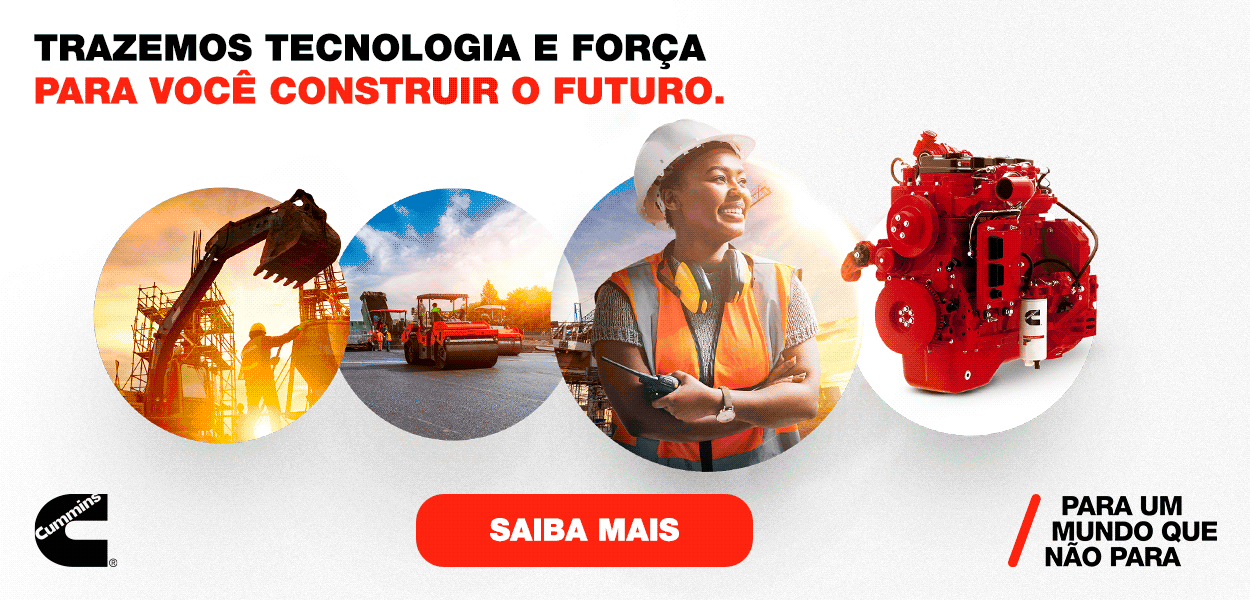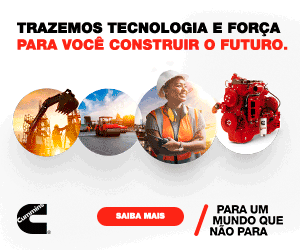Potential of growth
The use of telehandlers tends to increase in the country with the definition of specific standards and the wider spreading of its operating advantages
Telehandlers are still uncommon in Brazil. Even in world scale, they are a relatively new technology, from the end of the seventies. But they already became usual in some countries, especially in areas such as construction, mining and agribusiness. In Brazil, manufacturers bet in a trend of gradual increase of their presence, not only in load handling applications—where they may replace loaders, cranes and elevators, among other equipment—but also in the transport of workers to carry out services in higher places or in places of difficult access.
Convinced of the growth potential of these machines in the national market, manufacturers are already working to match them with local standards that still do not exist. “But they probably will come with the definition of standards for platforms that will be issued in the half of the next year”, says Marcelo Racca, sales executive of Haulotte, that sells in Brazil equipment with load capacity between 3.2 t and 7 t, with elevation height up to17 m.
PADRONIZATION
Still mostly imported—Haulotte products, for example, are coming from France—telehandlers sold in Brazil are following for now the rules of ANSI (American National Standards Institute) or from CE (European Commission). Both institutions have tight controls in the subjects related to safety. “European machines have more sophisticated technologic resources and American machines give more priority to strength”, compares Gustavo Montanhan, sales manager from Genie, brand of the Terex Group for these machines.
According to him, European telehandlers are able to block automatically the operation in situations where the limit of load may be overpassed. In the United States, the decision of interrupting (or not) this process remains with the operator. “But American machines are going to match European standards, receiving a growing quantity of sensors”, says Montanham.
Approximately 70 percent of equipment sold by Terex in Brazil comes from the American operation of the company, which also brings to the country equipment manufactured in Italy. “Historically, the main client of these machines is the rental market, where strength is the most important feature, even to reduce maintenance costs”, justifies the expert from Genie, that sells telehandlers with load capacity starting from 2.5 t and lifting height of almost 21 m.
For Racca, from Haulotte, the definition of local standards will be an important step for the market of telehandlers, even because these products are used here in tougher conditions than in other countries. “In Europe, machines may even walk through the streets, since they have air-filled tires”, says him. “But in Brazil there are works located in places whose floors may damage the equipment and—if enough care is not taken—compromise safety.”
SAFETY
Talking about safety, outriggers are a point that will certainly be defined by the future Brazilian standards for telehandlers. Fundamental for safety in determined applications, they are already part of standards such as those from CE, which requires its installation in equipment able to lift loads to heights of 10 m or above. “Without outriggers, none of our models may use the third boom above that height”, points Ricardo Nery, product manager from JCB, talking about the structure that allows the equipment to reach its maximum height.
He says that JCB produces models with load capacity starting from 1.6 t and working height of 4 m, till machines able to lift 4 t up to 20 m. Two of them—with capacities of 3.5 t and 4 t and working heights respectively of 12.3 m and 17 m—are produced in Brazil. The expert explains that—in these machines—outriggers do not even move if their booms reach an inclination above 57 percent. According to Nery, “it is not common a telehandler tip over, but this happens mainly with models that do not lock automatically if the limits are surpassed”.
As explained by Rafael Riccardi, expert in product marketing of the company, New Holland telehandlers have other safety items that lock automatically the operation if the analysis of the position of its center of gravity shows this necessity. “To minimize the risk of tipping over, equipment may incline up to 8 degrees in the opposite direction of the terrain slope”, exemplifies him.

Av. Francisco Matarazzo, 404 Cj. 701/703 Água Branca - CEP 05001-000 São Paulo/SP
Telefone (11) 3662-4159
© Sobratema. A reprodução do conteúdo total ou parcial é autorizada, desde que citada a fonte. Política de privacidade














